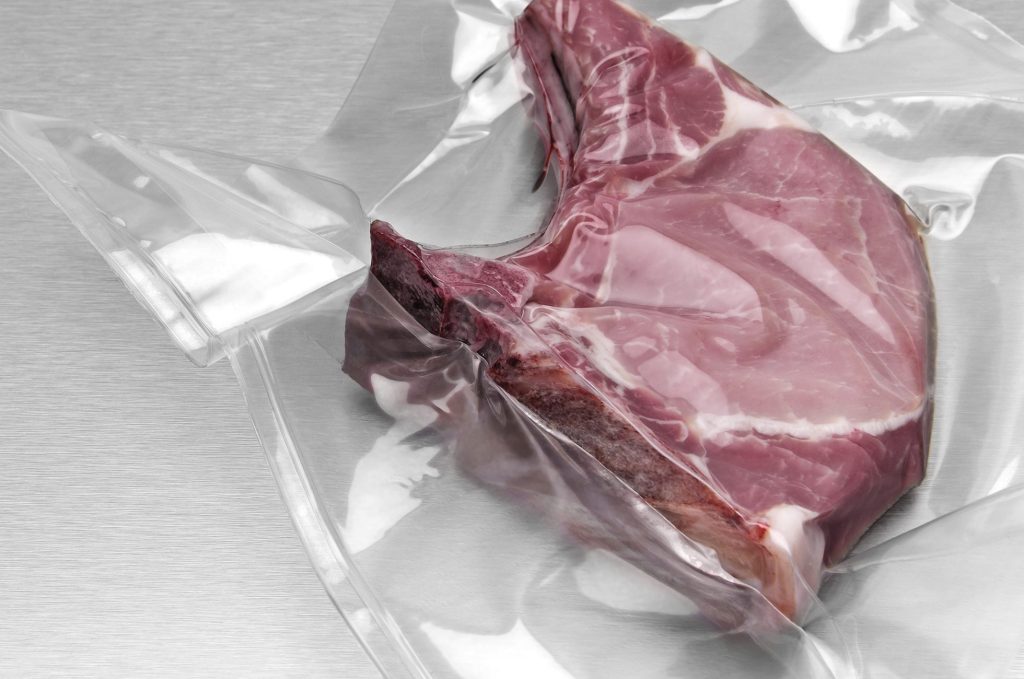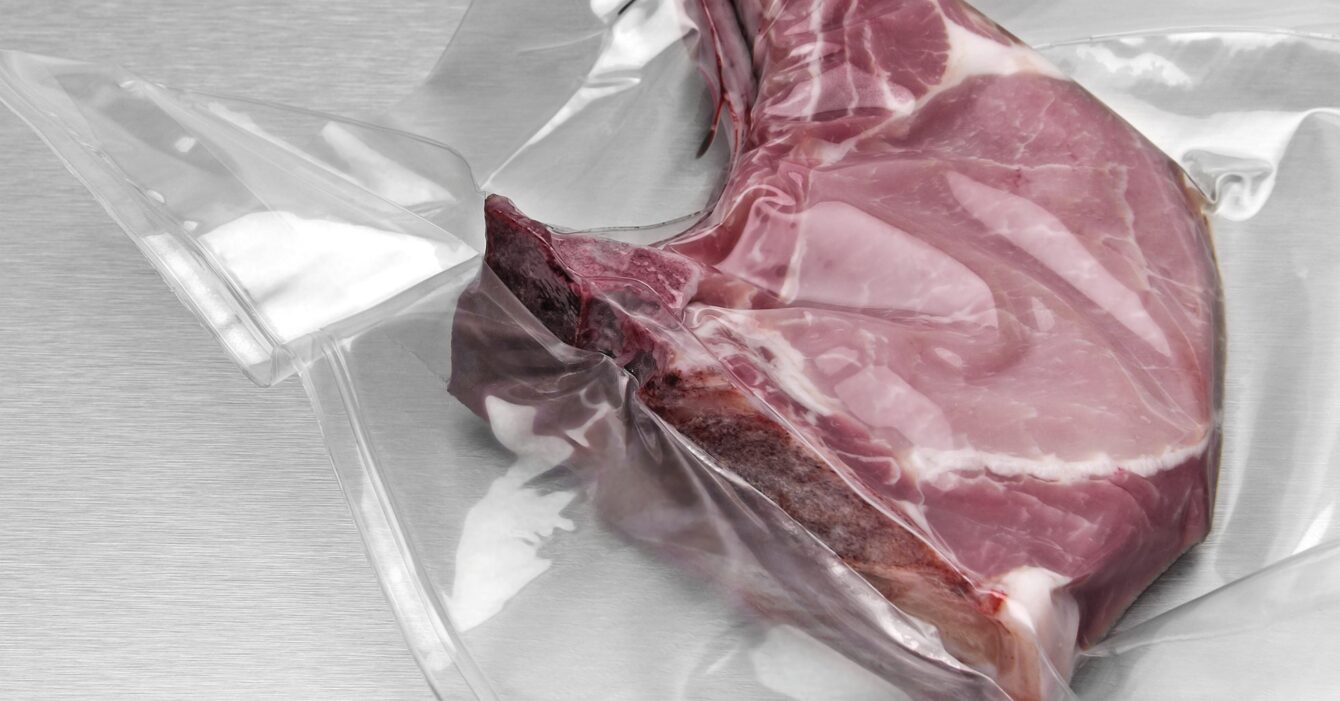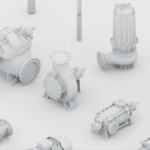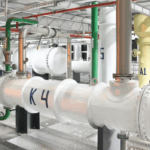Today, food producers are looking for ways to extend shelf life, while the modern consumer wants to be sure of the quality of the product they buy. Often, the most common methods in this area are:
- Adding food additives such as stabilisers and preservatives;
- Vacuum packaging;
- Cooling products to a low temperature.

Of all the above methods, the process of vacuuming products is the most common. Today, it is the main method of storage without the addition of chemicals.
The increase in service life is achieved by reducing the oxygen content in the packaging, which in turn prevents the development of oxygen-absorbing microorganisms (aerobic bacteria), fungi and microorganisms that negatively affect the condition of the product.
A vacuum is a space free of matter. In engineering, this term refers to an environment consisting of gas or pressure well below atmospheric pressure.
Thus, vacuuming is the process of removing air from around the product, followed by hermetic packaging. The quality of this process determines how long the product's properties are preserved.
In addition to extending the life of the product, this technology also allows for a longer consumption period:
- preserve the appearance of the product;
- improve the quality of the product (ripening in the package, preserving the aroma);
- increase turnover, assortment, and even reduce costs by extending the shelf life of goods;
- ensure hygienic conditions during storage and transport;
- transparent packaging;
- resistance to heat.
However, there are many nuances that you should consider before purchasing packaging machinery. Using professional packaging equipment solves more than one problem at once.
One of the main advantages of vacuum packaging is its high profitability. For example, the savings on the cost of vacuum packaging compared to glass or tin cans for each kg of finished product, as well as savings on warehouse space and transportation of finished products due to the smaller volume and weight of finished products, is more than 60%. And this is only the first advantage.
Secondly, a barrier plastic bag has several times lower cost, and therefore lower price, for the food producer who uses these bags compared to glass or metal containers plus lids, labels, glue, etc. It takes four times less energy to produce a tonne of plastic bags than it does to produce a tonne of metal packaging.
Thirdly, this packaging is ideal for transport in other ways as well: the plastic bag does not tear, does not break, and tends to take up the least amount of space. With the right modern production technology, a plastic bag can withstand external pressures of hundreds of kilograms thanks to its flat, wide special seams.
Fourthly, with the use of a zip lock, the product can be repeatedly removed from the bag, each time hermetically sealed. This significantly extends the time of use of the product without losing its quality.
When using vacuum packaging equipment, the most important parameters are the speed, the pressure of the air drawn from the vacuum chamber and the maximum pump pressure.
Before deciding on a model, you need to clearly understand how much product is produced over a certain period of time. Today, vacuum packaging is one of the most popular and practical types of packaging that will help you bring your product to market.
Steiner-Ukraine will help you to make your production even more profitable and increase the shelf life of your products.



